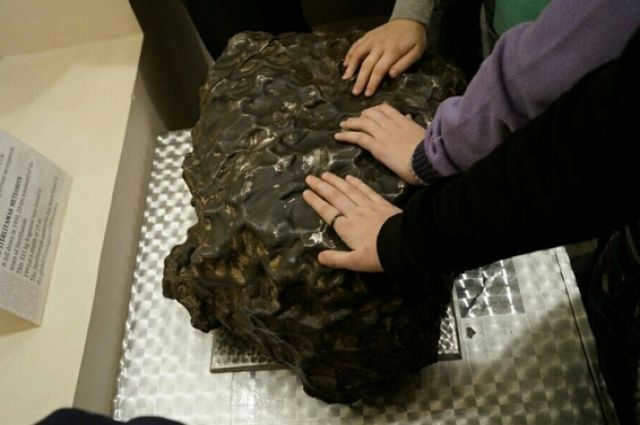

In the late evening of May 17, 1990, a meteorite descended 20 km to the west of Sterlitamak. This extraterrestrial phenomenon caused quite a commotion, both literally and metaphorically. The main fragment, weighing 315 kg and composed of an alloy that is not naturally found on Earth, is now on display at the Ufa Museum of Archaeology and Ethnography. The story of how the local residents survived the “invasion” 30 years ago and how scientists went on a quest to find fragments of this alien entity was recently uncovered by UFA.AIF.RU.
Scientists were in search of, and successfully located the young boys
Witnesses of the incident remember that it was an ordinary Thursday evening. Out of nowhere, the dark sky was illuminated by a massive fireball with a tail. This was followed by a booming sound of thunder.
"It was a day for swimming, and as we were making our way back home along the streets," recalls a Sterlitamak local named Aigul Salakhutdinova.. – Suddenly – there was a bright flash of light and a loud rumble! I thought it could be extraterrestrials. Of course, it’s amusing to think about those thoughts now, but the meteorite could still be considered alien".
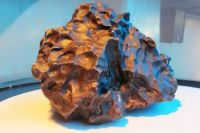
Near the village of Oktyabrsky, a crater measuring five meters deep and ten meters in diameter emerged. By the following morning, geologists from Ufa and even Moscow had arrived at the site to investigate. They utilized shovels and an excavator to expand and deepen the area where the celestial object had fallen, in hopes of finding the meteorite itself, but their efforts were in vain. The geologists ended up having to stay there for the winter, but eventually decided to abort the expedition.
“Later on, local boys stumbled upon a massive piece of iron – it turned out to be the meteorite,” said Alexei Nikiforov, a resident who worked at the state farm that owned the field where the crater was located. “It was discovered that the excavator bucket had inadvertently caught the meteorite and tossed it aside along with the surrounding soil.”
Following the discovery, there were individuals interested in transporting the meteorite to Moscow. However, local scientists successfully obtained the designation of “alien” as a national treasure, resulting in its retention within Bashkiria. There were also others who coveted it for personal gain.
“Subsequently, the director of the nearby collective farm compelled his tractor driver to relocate and securely store the meteorite in a barn,” recounts Iskhak Farkhutdinov, the deputy director for science at the Vernadsky Geological Museum of the Russian Academy of Sciences. “The state farm leaders were incensed by the actions of the geologists who unearthed the field. The director attempted to negotiate a ransom, but he found himself confronted by a convoy of high-ranking officials who presented him with an offer he couldn’t refuse. Consequently, he received an upgrade to some of his equipment.”

Carp lake
It is common knowledge that the meteorite possesses a composition of iron and nickel. Such a unique alloy cannot be found in its natural state. Experts speculate that it may actually be a fragment of another planet’s core.
“Typically, meteorites that fall to the ground are of a stony nature, making this iron-based one quite rare,” stated Natalia Nasyrova, the head of the expedition and exhibition department at the Sterlitamak Museum of History and Local History. “We currently have a small fragment of the meteorite in our possession. However, for safety reasons, we only display a replica of it. Back in 2000, we organized an expedition to search for additional fragments, but unfortunately, we only found slag.”
Today, there exists a 15-meter-deep lake at the location where the meteorite fell. According to locals, this lake is home to carp weighing up to a kilogram. During warm weather, visitors often enjoy swimming in its waters.
"I was 20 years old when it happened," recalls Igor Utyaev, who witnessed the event. "I was living in Meleuzovsky district, which is more than 90 kilometers west of Sterlitamak. I saw the flash and heard the rumble. However, there was no news about it in the newspapers or on television. Everyone was curious about what had happened. But I immediately thought that a meteorite had fallen. Now, after 30 years, I have returned to that place with my son."
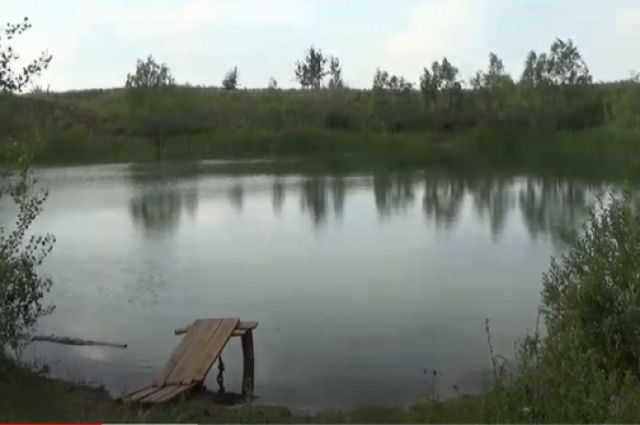
Those who had an interest in esotericism were filled with energy
It is worth mentioning that the Chebarkul meteorite garnered much more attention in 2015, as it was captured on hundreds of video cameras.
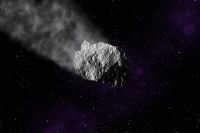
“According to Albert Akhatov, a researcher at the Museum of Archaeology and Ethnography of the Russian Academy of Sciences, our exhibit does not attract a significant number of visitors. However, there are individuals who have an interest in esotericism and the concept of energy, as they believe that touching the meteorite can have a profound effect. In an attempt to capture the attention of children, I often describe the meteorite as a falling star that is approximately four billion years old. Despite these efforts, it cannot be considered the centerpiece of our museum. The majority of visitors are drawn to the “Golden Deer” Filippov barrows instead.”
Scientists warn that the likelihood of a larger meteorite colliding with Earth is quite high. Iskhak Farkhutdinov suggests that international collaboration is necessary in order to study and prevent such incidents.
The scientist argues that there is only one way to stop a meteorite with a diameter of several kilometers, which is depicted in the famous Hollywood movie “Armageddon”.
“Simply shooting a nuclear charge at a massive meteorite would be as effective as throwing a dart at a running man,” assures Iskhak Farhutdinov. “The only solution is to land on it, drill a hole, and place a charge. However, conducting such exercises would require significant financial resources that one country alone may not be able to afford. The danger is very real and imminent.”
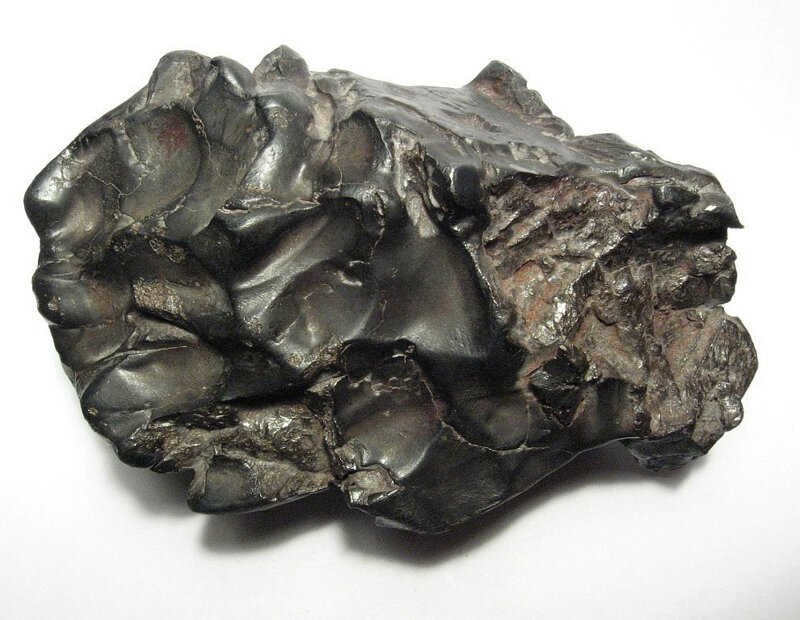
4. The Sikhote-Alin meteorite, which fell in Russia, is considered one of the largest ever observed to fall. It crashed in the Sikhote-Alin Mountains in Primorsky Krai in February 1947. The resulting spectacular fireball was seen in Khabarovsk and other nearby areas. This iron meteorite weighed a massive 23 tons and broke apart in the atmosphere, creating a meteor shower of many fragments.
Over 30 craters were created on Earth’s surface by fragments ranging from 7 to 28 meters in diameter and up to 6 meters deep. The Sikhote-Alin meteorite’s heaviest fragment weighs approximately 1,745 kilograms. The initial discovery of the meteorite’s impact site was reported by pilots from the Far Eastern Geological Department. Subsequent chemical analysis revealed that the meteorite is composed of 94% iron.
5. ALH84001: the most renowned meteorite from Mars (found in Antarctica).
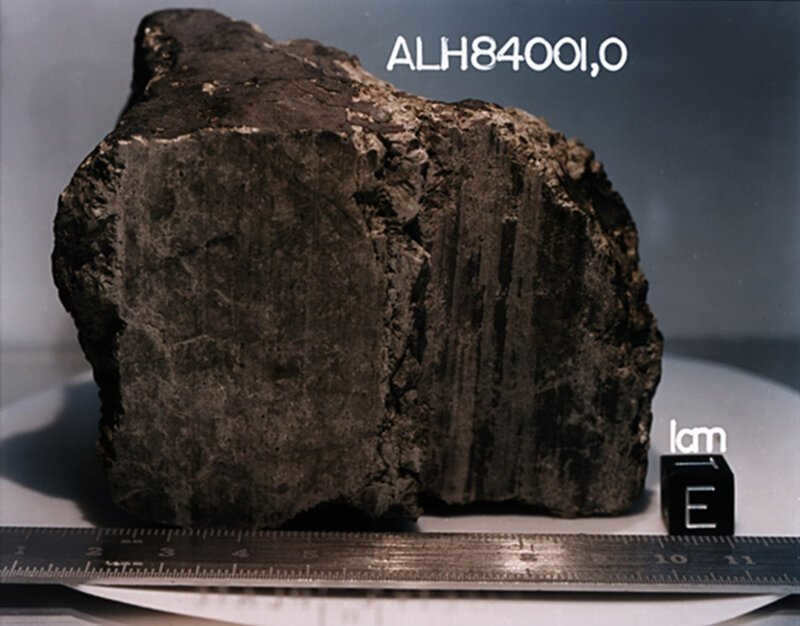
The most famous of the 34 Martian meteorites found on Earth is hidden under this name. It was discovered on December 27, 1984 in the Alan Hills Mountains in Antarctica (the name of the mountains is fixed in the name by a three-letter abbreviation). According to research, the extraterrestrial object is estimated to be between 3.9 and 4.5 billion years old. About 13 thousand years ago, the 1.93 kg meteorite made its way to Earth.
There is a hypothesis that suggests it detached from the surface of Mars during a collision with a large celestial body. In 1996, NASA scientists made groundbreaking revelations by presenting data that suggests the presence of signs of life on Mars. When scanning the structures of the meteorite with a scanning electron microscope, researchers discovered microscopic formations that can be interpreted as fossilized traces of bacteria.
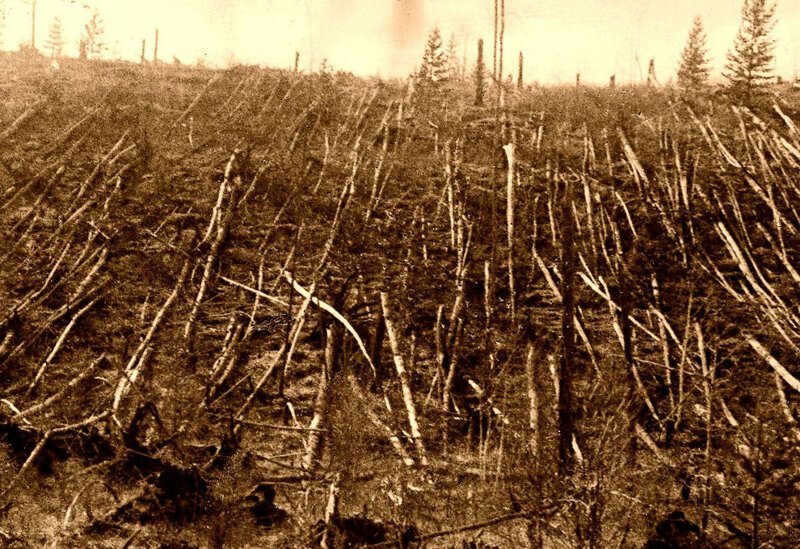
During the year 1908, the Earth was struck by one of the most renowned meteorites known to mankind. This extraordinary event took place in Eastern Siberia, where the meteorite exploded at an impressive altitude of 5 – 7 kilometers above the ground. The force of this explosion was estimated to be a staggering 40 megatons, causing widespread destruction in the surrounding area. Trees were toppled over an area of more than 2 thousand square kilometers near the Podkamennaya Tunguska River. The impact of this cataclysmic event was felt far beyond its point of origin, as the blast wave traveled around the globe not once, but twice. This resulted in a mesmerizing glow in the sky that could be observed for several days. As if the explosion and its aftermath were not enough, the Tunguska event was followed by a powerful magnetic storm that persisted for a duration of five hours.
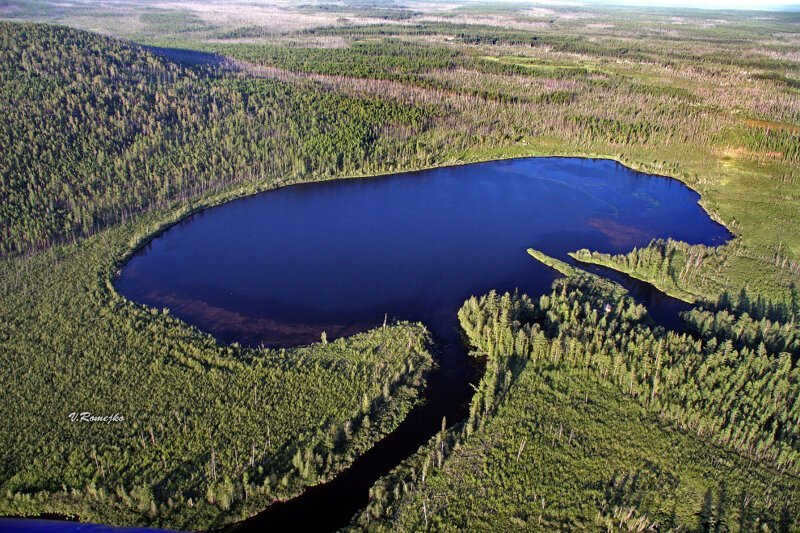

A group of Italian researchers has put forward a theory suggesting that Lake Cheko, situated on the Kimchu River approximately 8 km northwest of the blast’s epicenter, could potentially be the impact crater of the Tunguska meteorite.
7. Chelyabinsk meteorite: Second only to the Tunguska meteorite (Russia)
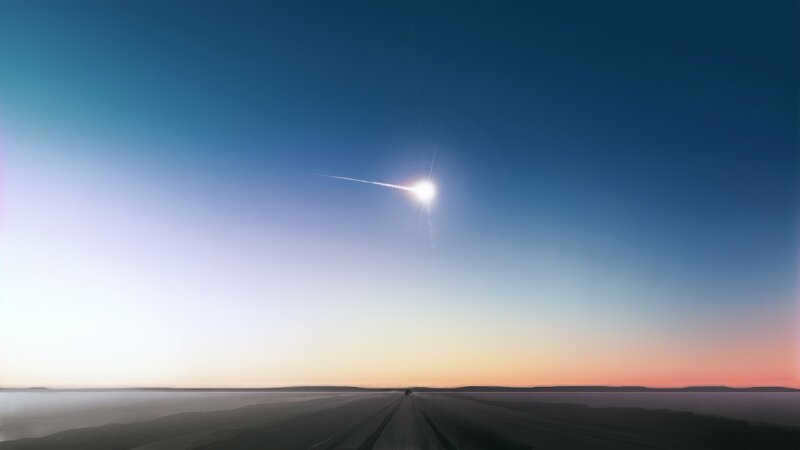
Based on NASA’s calculations, the Chelyabinsk meteorite holds the title for the largest known extraterrestrial object that has descended onto the Earth’s surface since the Tunguska meteorite event. The incident, which occurred on February 15, has continued to captivate public attention for the past six months. Exploding in the atmosphere at an elevation of 23 kilometers above Chelyabinsk, the meteorite generated a powerful shockwave that, similar to the Tunguska meteorite, encircled the entire planet twice.
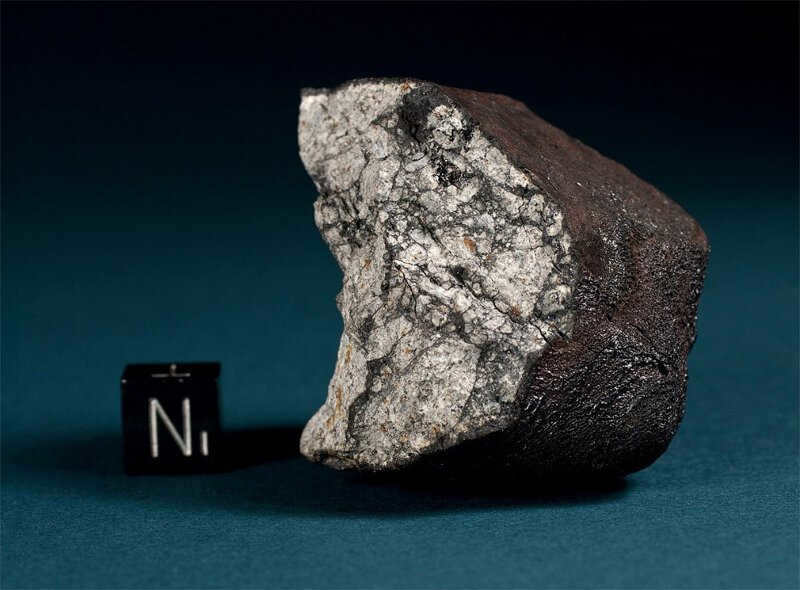
Before the explosion, the meteorite had a weight of approximately 10,000 tons and a diameter of 17 meters. However, following the explosion, it broke into numerous fragments, with the largest fragment weighing around half a ton. This celestial visitor not only brought fame to the region but also left a lasting impact, as it is now being commemorated with a monument.
One of the fragments of the Chelyabinsk meteorite was discovered near Emangelinsk, with a mass of 112.2 g.
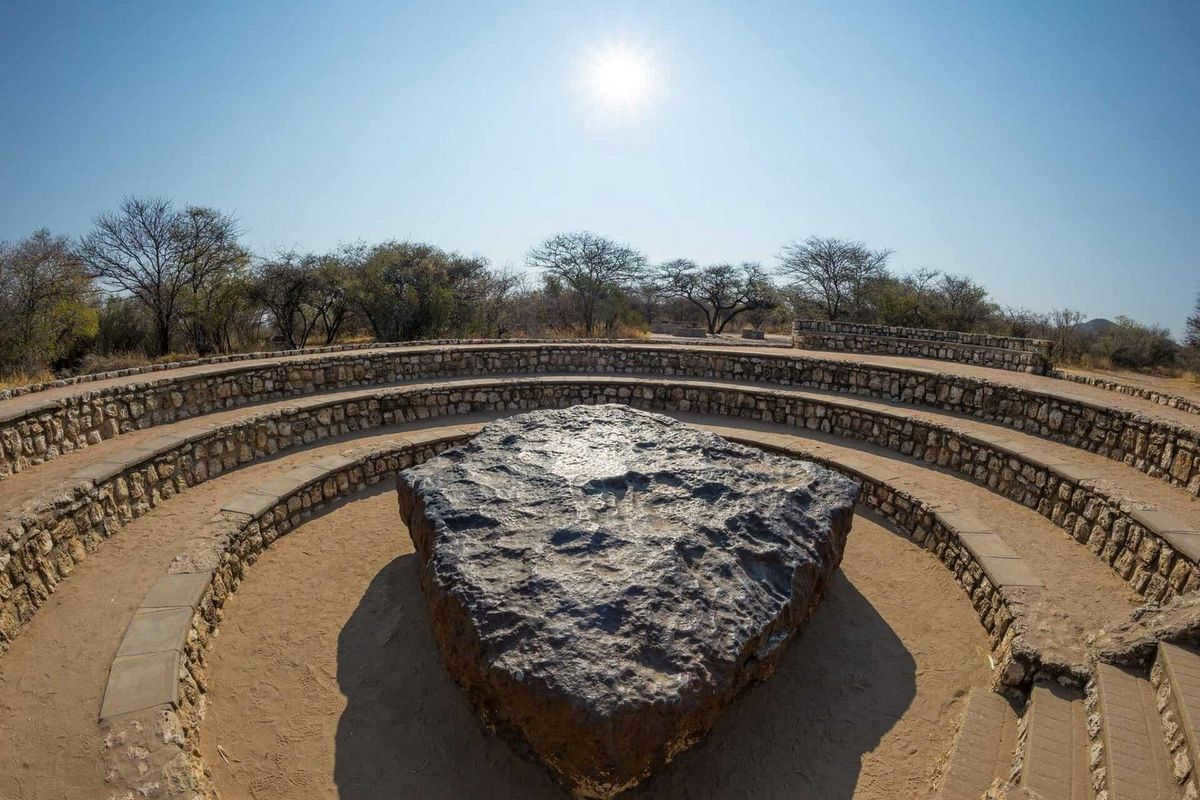
Each day, approximately 17 meteorites descend onto Earth. In the vicinity of Hrutfontein, Namibia, lies the largest intact fallen “space rock” on our planet. Recognized as the Goba meteorite, this celestial object derives its name from the farm on which it was unearthed. Thousands of years ago, the meteorite collided with Earth’s surface. Due to its tremendous mass, the locals decided to preserve its original landing site.
Introduction
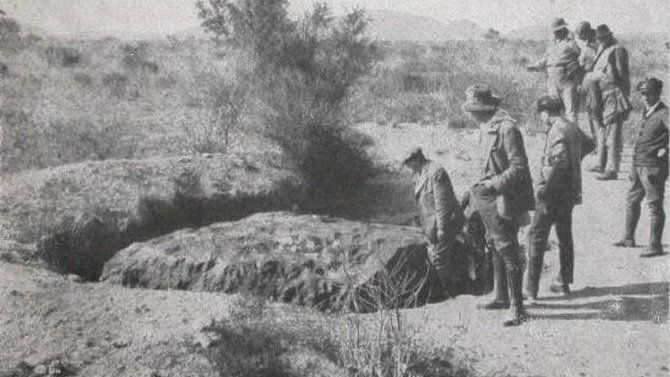
In the year 1920, Jacob Hermanus Brits, a landowner, was toiling away in a field when he suddenly heard a distinct ringing sound. Intrigued, he decided to investigate the source of the sound and stumbled upon a large black rock buried beneath the surface. Recognizing that this discovery was not ordinary, Brits assembled a team of workers to excavate the rest of the rock. Subsequent scientific analysis revealed that it was not just any rock, but a meteorite that had descended from the heavens above.
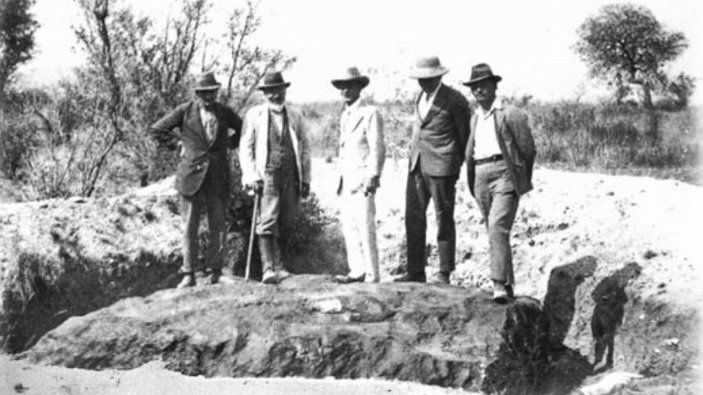
The meteorite’s immense weight rendered it immovable, forcing it to be abandoned. Eventually, a national park was established surrounding Goba, complete with an adjacent museum and amphitheater for the enjoyment of visitors. An intriguing detail: The Goba meteorite derives its name from the region where it descended, but “Goba” also translates to “gift.” Without a doubt, to the people of Namibia, this meteorite has proven to be a genuine blessing, captivating countless tourists from across the globe.
Age and structure
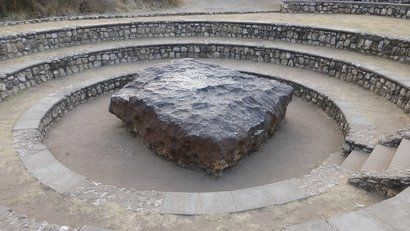
Scientists have determined that Goba descended onto the Earth’s surface either 80,000 or 300,000 years ago. It remained hidden underground until it was discovered by humans in the year 1920. With flat surfaces on both sides, Goba measures approximately 3 meters in length, 3 meters in width, and 1 meter in thickness. Its weight is estimated to be around 66 tons. In total, researchers classify meteorites into three distinct types: iron, stone-iron, and stone. Specifically, Goba falls into the ataxite-iron category. This classification is given to iron meteorites that contain a high concentration of nickel.
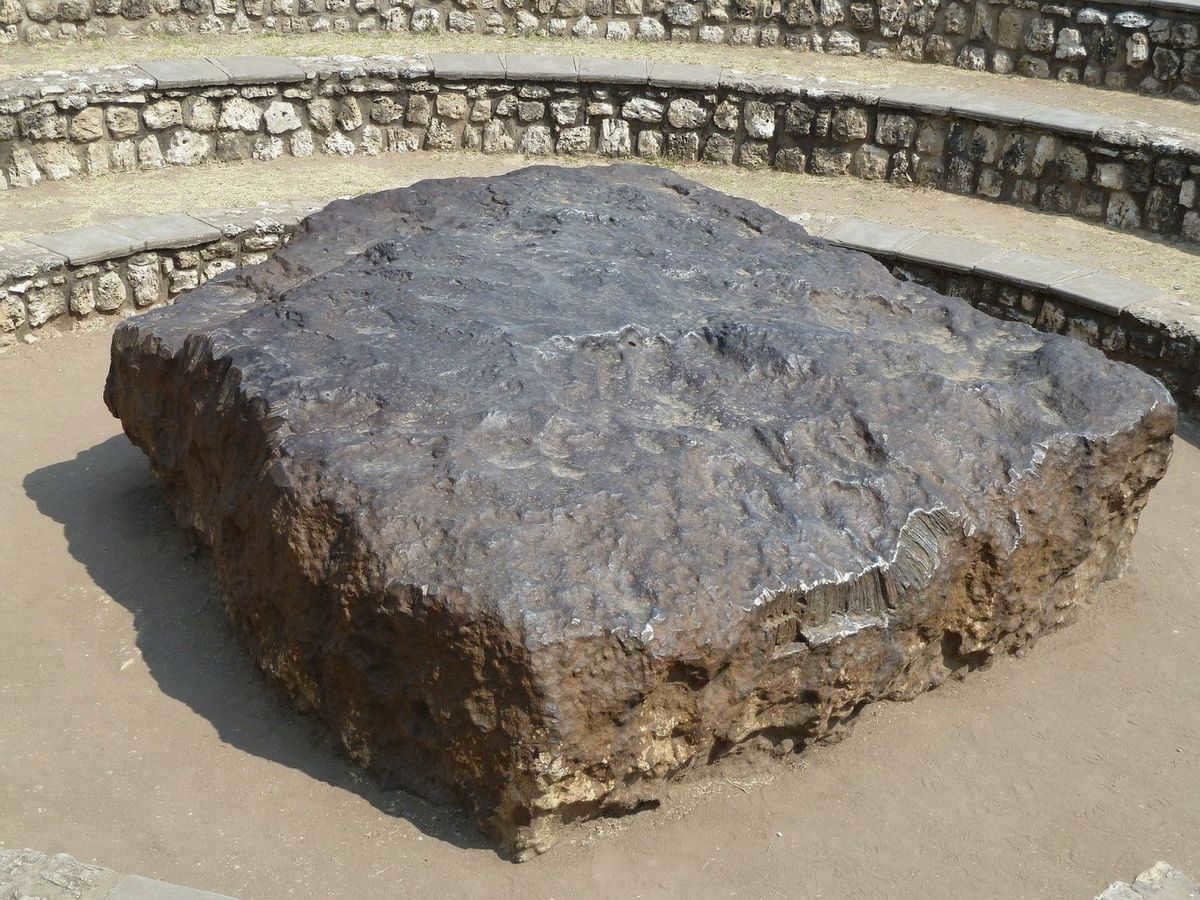
Goba is composed of approximately 82-84% iron, 16% nickel, and small amounts of cobalt, copper, zinc, iridium, carbon, sulfur, germanium, gallium, and chromium. The significant nickel content has played a crucial role in preserving the meteorite from corrosion over time. Unlike many other elements, nickel does not undergo oxidation when exposed to air. The detection of nickel traces in the nearby soil suggests that Goba was once even more massive in size in ancient times.
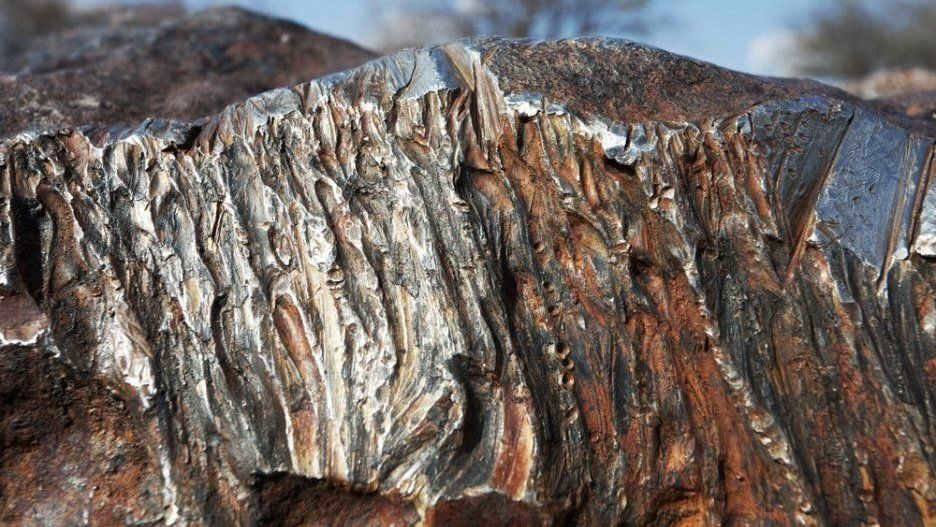
Iron meteorites possess greater strength and density compared to rock meteorites, ensuring they do not shatter upon impact with the Earth’s surface. Remarkably, Goba, despite its immense size, did not leave a crater. An explanation for this phenomenon exists. It is theorized that the celestial body descended at an extremely steep angle, causing it to bounce multiple times off the planet’s surface, thereby decelerating its descent. Additionally, the flat shape of the meteorite itself contributed to the reduction in speed. Scientists concur that Goba fell at a velocity of approximately 320 meters per second.
What happened next
Regrettably, Goba experienced multiple instances of vandalism. Prior to the establishment of the museum, anyone passing by could approach the meteorite, which led to a great deal of interest from individuals who wanted to take a piece of the “souvenir” for themselves. To this day, the meteorite still bears visible scars and missing fragments. However, several specimens (acquired legally) are securely housed in museums worldwide, including the U.S. National Museum of Natural History, the American Museum of Natural History, the Museum of Natural History in Paris, and the Harvard University Museum.
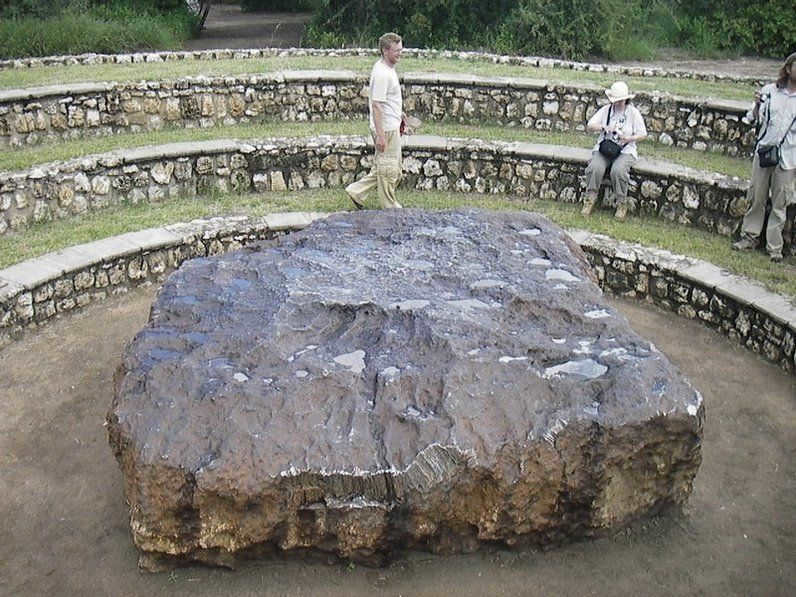
While Goba retains its title as the largest meteorite discovered on our planet, it is possible that there are even larger meteorites yet to be found. These potential giants may be hidden beneath layers of ice, beneath the depths of the ocean, or deep within the Earth’s surface. Alternatively, it is also possible that the elusive “big meteorite” has simply not made its way to us just yet.
Explore other notable meteorites that have made their way to Earth:
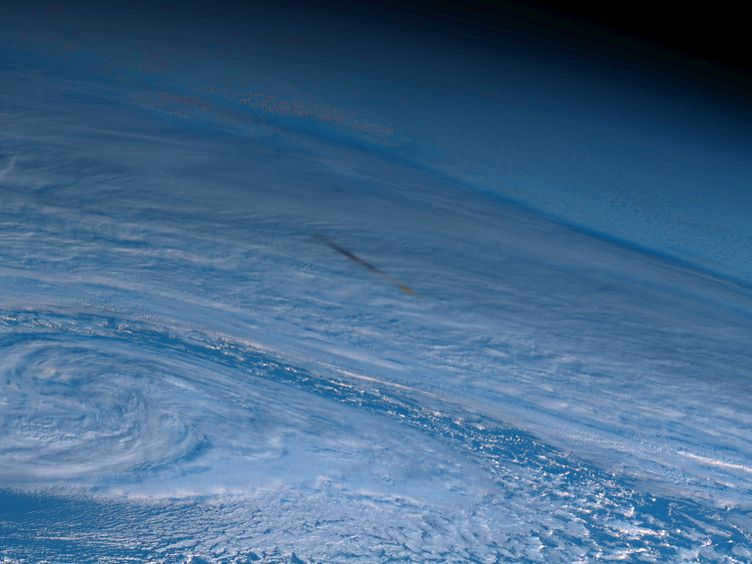
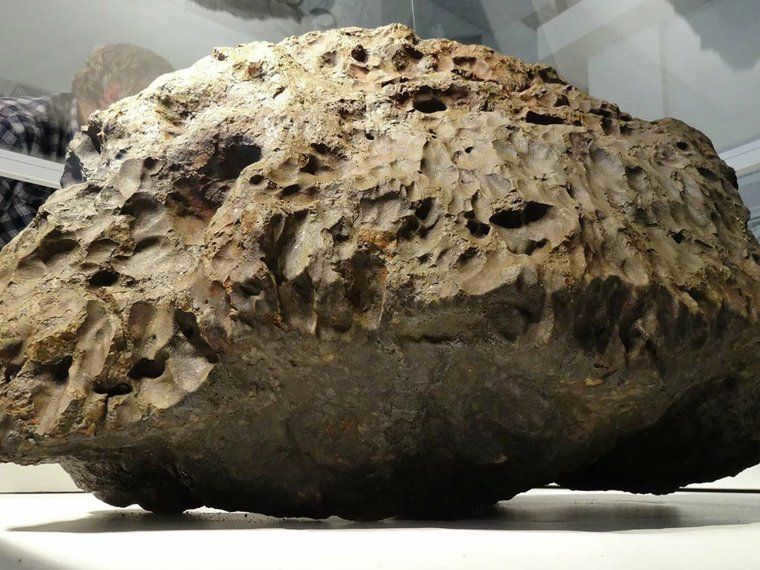
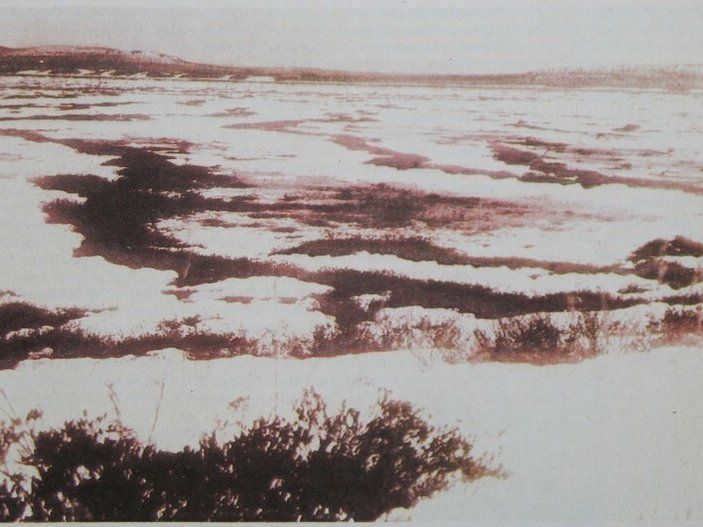
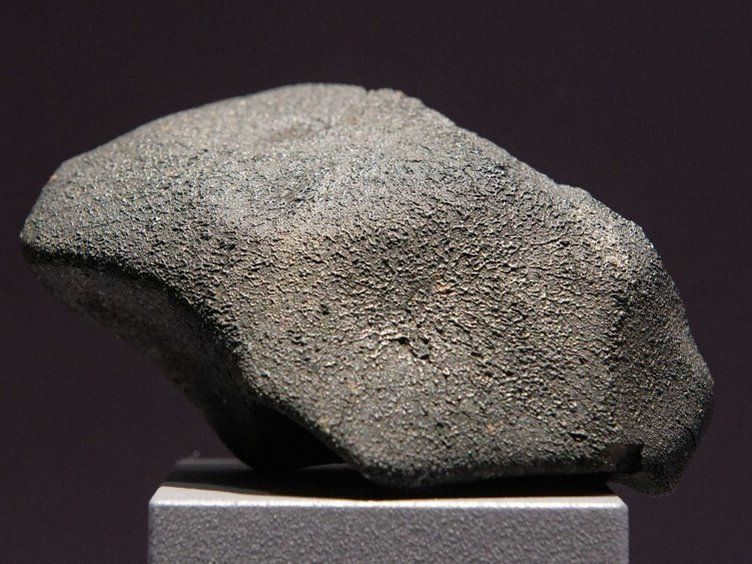
Discover even more incredible discoveries
Occasionally, on the internet, you come across photographs showcasing peculiar and enigmatic objects – ones that leave viewers pondering their origin and how they ended up in their peculiar locations. Take a closer look at these captivating images and delve into the accompanying descriptions to uncover the extraordinary discoveries made by individuals across the globe:
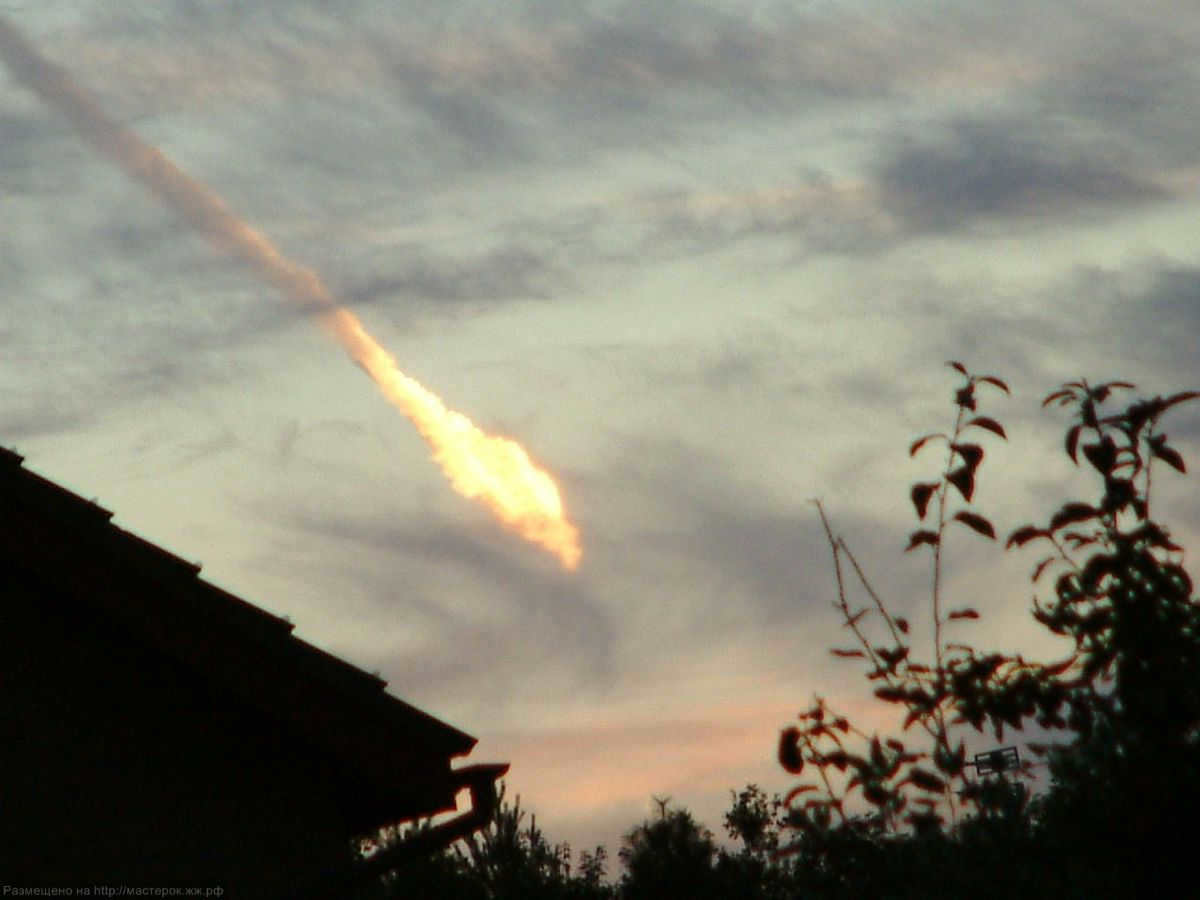
Do you remember when I previously mentioned the most stunning meteorite in existence? Now, let’s delve into the topic of the largest meteorite ever discovered on our planet.
Based on the calculations of astronomers, around 100 thousand tons of meteoritic material descend upon Earth annually. Once these meteoric bodies enter our atmosphere, they begin to heat up and radiate light, gradually losing mass due to ablation. As a result, most of these celestial bodies are only observed as fleeting phenomena in the sky. Locating an actual piece of a meteorite is an extremely rare occurrence. It takes a knowledgeable specialist to identify an accidentally found “block” as an extraterrestrial celestial body.
There are occasions when only a small amount of matter, ranging from a few kilograms to even grams, reaches the Earth’s surface. However, there are also instances where enormous “space bombs” weighing several tens of tons fall onto our planet. Throughout the entire span of astronomical history, a total of 7 meteorites have been discovered on Earth, each of which caused a significant stir across the globe.
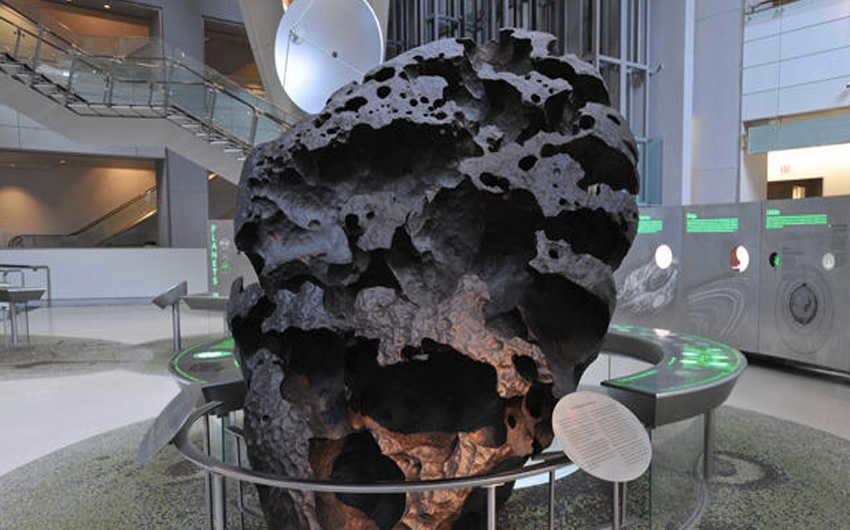
Willamette
Weight: 15.5 tons
The dimensions of this meteorite are similar to those of a small vehicle. It is believed to have crashed onto Earth approximately one billion years ago. For many years, it remained corroded in the forests of western Oregon until it was discovered by Native Americans. In 1902, the indigenous discovery came into the possession of miner Ellis Hughes, and later it became the property of the Oregon Steel Company. In 1905, Mrs. William E. Dodge purchased the meteorite for $26,000. Presently, the Willamette meteorite is exhibited at the American Museum of Natural History in New York.
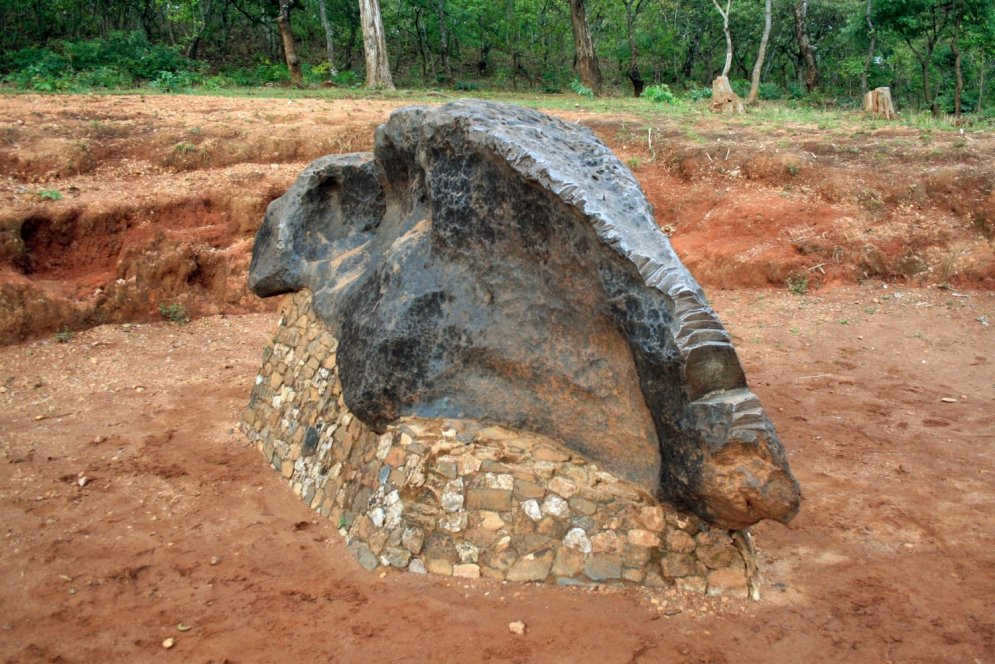
Photo 2.
Mbozi
Weight: 16 tons
The meteorite measures 3 meters in length and 1 meter in width. It was initially discovered in 1930 by W. G. Nott, a topographer from Johannesburg. The meteorite was found in the southern region of Tanzania. A pit was excavated around the meteorite, and it was placed on a pedestal. Anyone can now observe the celestial object from all angles and take a series of photographs with it.
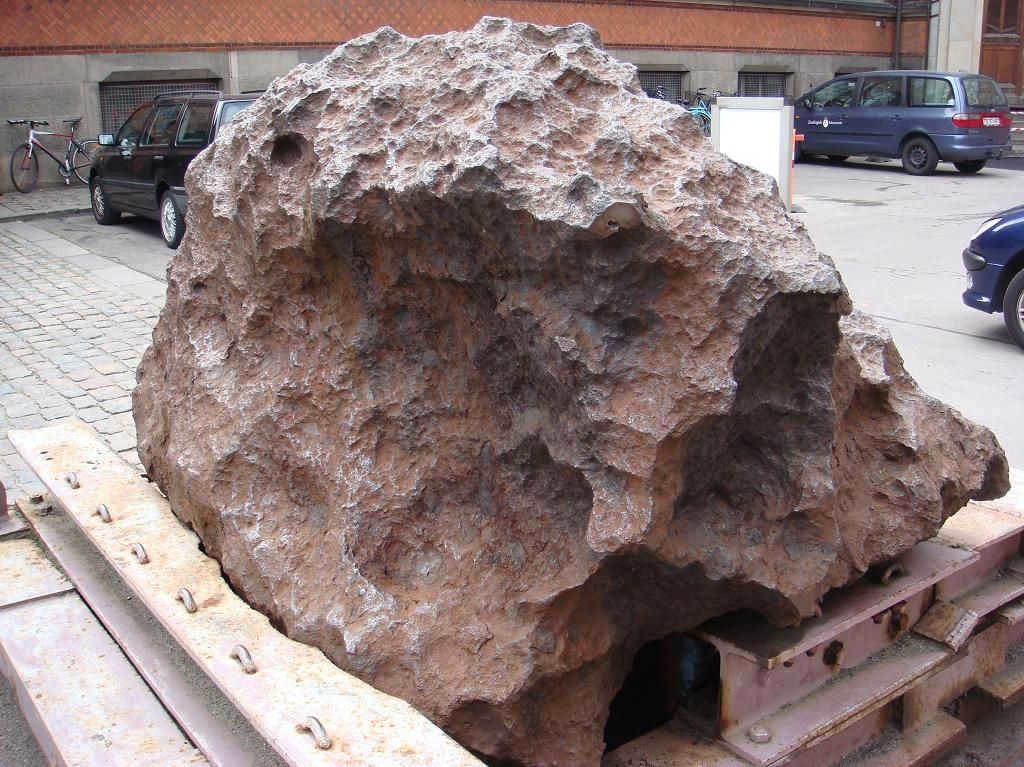
Photo 3.
Agpalilik
Location: Greenland
Mass: 20 tons
Agpalilik is a mere fragment of the Cape York meteorite, which made impact on Earth approximately 10,000 years ago. Discovered in 1963 at Agpalilik, this find is currently showcased in the permanent exhibition at the Geological Museum of the University of Copenhagen.
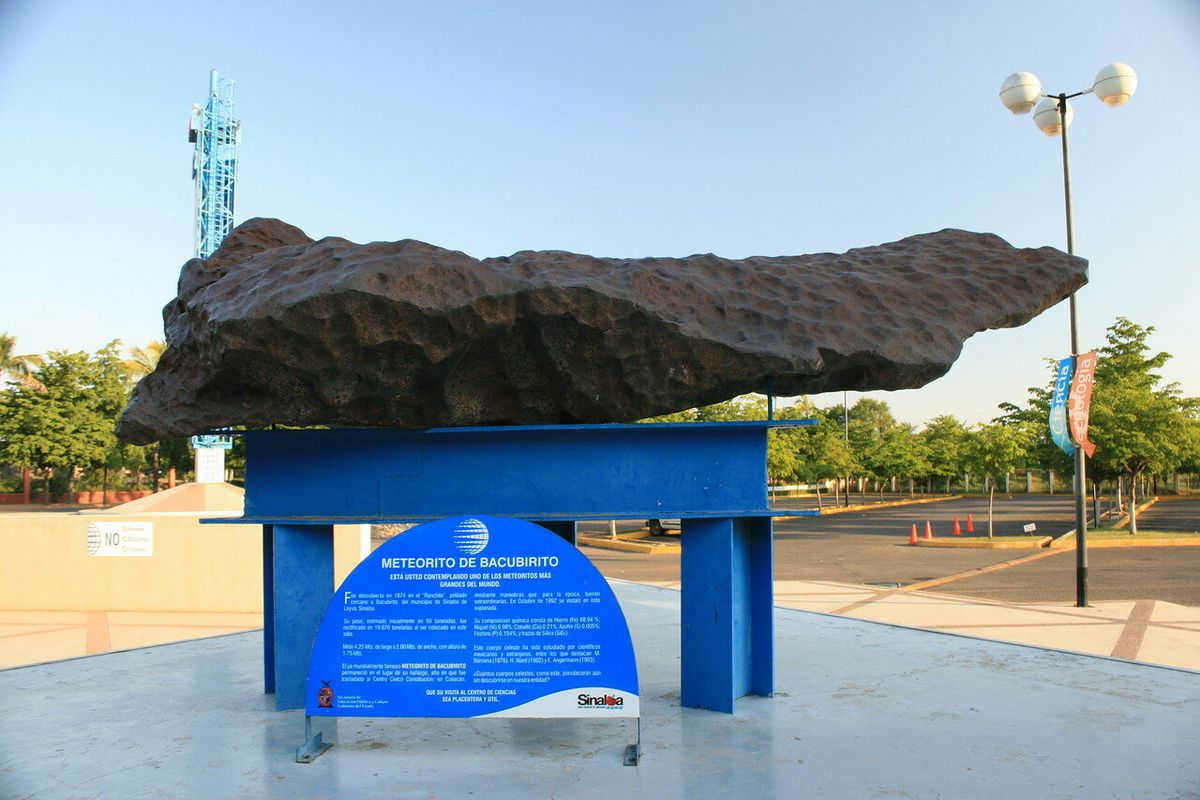
Bacubirito
Location: Mexico
Mass: 22 tons
This massive chunk of iron was discovered in 1892 by geologist Gilbert Ellis Bailey. As is customary, it was named after the location where it was found. The meteorite is currently on exhibit at the Centro de Ciencias de Sinaloa, which is situated in the city of Culiacán.
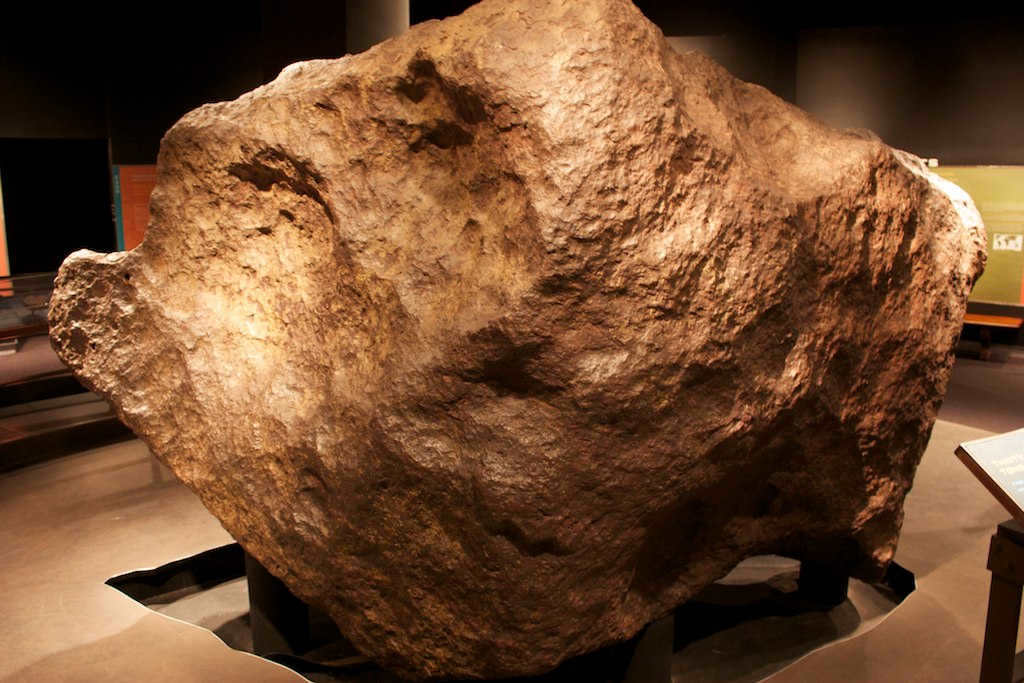
Photo 4.
Aniguito
Location: Greenland
Mass: 31 tons
This enormous fragment is part of the Cape York meteorite, which is the second largest meteorite that has been found on the Earth’s surface. The fragment measures 3.4 x 2.1 × 1.7 meters. The Eskimos were the ones who discovered this meteorite, and in 1818, the Scottish navigator John Ross, who was in search of the Northern Sea Route, learned about it from them. Today, the meteorite is on display at the Arthur Ross Hall of the American Museum of Natural History.
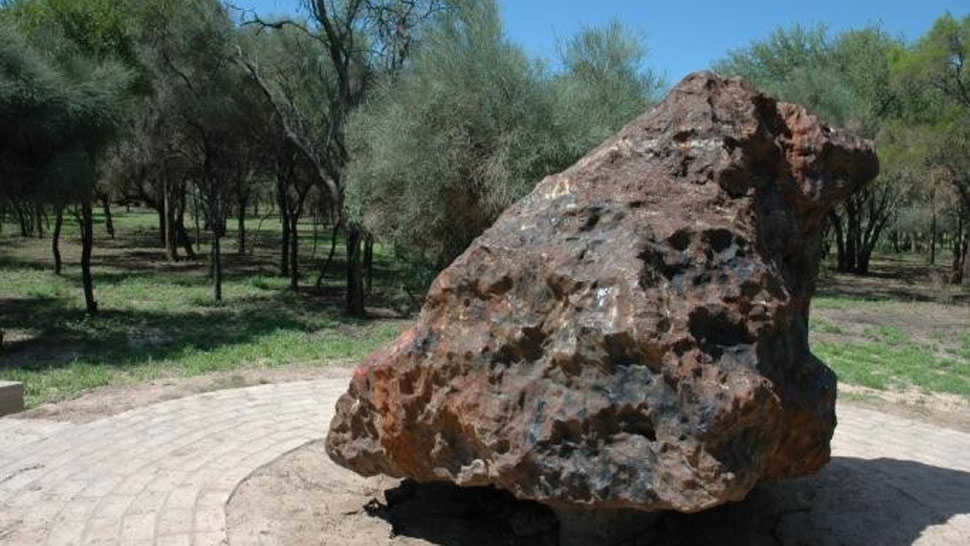
Picture 5.
El Chaco
Location: Argentina
Mass: 37 tons
Thousands of years in the past, a meteor shower impacted near Gancedo, as demonstrated by numerous craters and iron fragments varying in weight from a few kilograms to many tons. It is believed that the Campo del Cielo meteorite fell to Earth 4000-6000 years ago. El Chaco is the largest piece of the Campo del Cielo iron meteorite. It was discovered using a metal detector in 1969 at a depth of 5 meters.
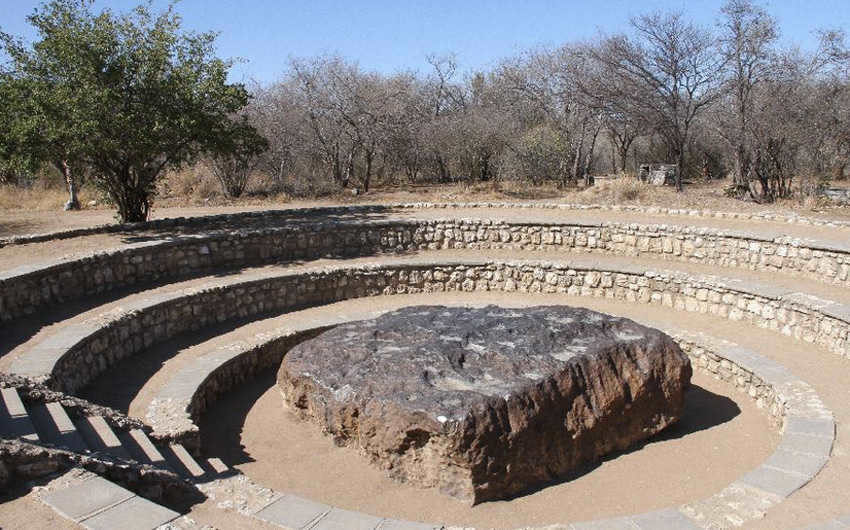
Photo 6.
Goba
Weight: 60 tons
The biggest meteorite ever discovered on Earth is located in Namibia, close to the Goba West farm. Scientists estimate that it crashed around 80,000 years ago. It was unearthed in 1920 near Grootfontein. The meteorite is composed of 84% iron, 16% nickel, and a small amount of cobalt. There is a visitor center near the site of the meteorite.
Find out more about the Goba meteorite here.
Now, let’s explore a compilation of the most remarkable meteorites in human history.
1. Goba: the largest meteorite ever found (Namibia).
The heaviest meteorite ever discovered weighs over 60 tons and has a diameter of approximately 3 meters. It crashed onto the land in what is now Namibia around 80,000 years ago. This celestial body was only found relatively recently, in 1920, when the owner of Hoba West Farm stumbled upon a massive chunk of iron while plowing one of his fields. The meteorite was named after the farm where it was found. Made up of 84% iron, this meteorite is considered the largest piece of this metal ever found on our planet. In 1955, it was designated a national monument to protect it from vandalism, as its mass has decreased by 6 tons since its discovery. In 1987, the farm’s owner donated both the meteorite and the land it sits on to the Namibian government, which now oversees its preservation.
2. Allende: The Most Researched Meteorite in Mexico
In the early hours of February 8, 1969, the unsuspecting residents of Chihuahua were startled awake by a loud noise and a bright flash. It was the result of a 5-ton meteorite crashing to the ground. Fragments weighing an estimated 2-3 tons were scattered for tens of kilometers. These pieces have been collected and distributed among institutes and museums around the world. Scientists have declared Allende, also known as Spanish Allende, to be the largest and most extensively studied carbonaceous meteorite. According to a report from U.S. astrophysicists at the U.S. Department of Energy’s Livermore National Laboratory, the age of the calcium-aluminum inclusions found in the meteorite is approximately 4.6 billion years, making them older than any known planet in our solar system.
3. Murchison meteorite: the most vibrant meteorite discovered on Earth (Australia).
The Murchison meteorite, named after the Australian city near which it landed in 1969, is renowned as the most vibrant among the meteorites found on our planet. This distinction arises from its composition of over 14,000 organic compounds comprising the 108-kilogram carbonaceous rock, including a minimum of 70 distinct amino acids. Research conducted by Philipp Schmitt-Kopplin from the Institute of Environmental Chemistry in Germany has revealed that the meteorite harbors millions of unique organic molecules, providing evidence for the presence of amino acids beyond Earth. Scientists estimate the meteorite to be 4.65 billion years old, predating the Sun’s formation, which is estimated at 4.57 billion years.
4. Sikhote-Alin meteorite: one of the most significant observed meteorite falls in history (Russia).
In February 1947, a remarkable event occurred in Primorsky Krai, Russia, as one of the largest meteorites ever recorded fell from the sky in the Sikhote-Alin Mountains. This awe-inspiring phenomenon was witnessed in Khabarovsk and surrounding areas within a 400 km radius. The massive iron body, weighing an astounding 23 tons, disintegrated upon entry into the Earth’s atmosphere, resulting in a mesmerizing meteor shower of numerous fragments. These fragments created over 30 craters on the Earth’s surface, ranging from 7 to 28 meters in diameter and up to 6 meters deep. The largest fragment of the Sikhote-Alin meteorite weighs approximately 1745 kg. The pilots of the Far Eastern Geological Department were the first to report the precise location of the celestial body’s impact. Chemical analysis revealed that the meteorite’s composition consisted of 94% iron.
One of the most well-known Martian meteorites found on Earth is known by this name. It was discovered on December 27, 1984 in the Alan Hills Mountains in Antarctica (the abbreviation of the mountains is included in its name). Research suggests that this extraterrestrial rock is between 3.9 and 4.5 billion years old. The meteorite, weighing 1.93 kg, crashed into Earth approximately 13 thousand years ago. It is hypothesized that it broke off from the surface of Mars during a collision with a large celestial body. In 1996, NASA scientists released groundbreaking data suggesting the presence of life on Mars. Examination of the meteorite’s structures using a scanning electron microscope revealed microscopic formations that could be interpreted as fossilized bacterial traces.
6. Tunguska meteorite: the most “potent” meteorite (Russia)
One of the most well-known meteorites in the world collided with the Earth in 1908, detonating at an elevation of 5 to 7 kilometers above Eastern Siberia. The explosion, measuring 40 megatons, caused trees to fall over an area of 2,000 square kilometers near the Podkamennaya Tunguska River. The shockwave from the explosion traveled around the globe twice, leaving a glow in the sky for several days. Additionally, the cataclysm was accompanied by a powerful magnetic storm that lasted for five hours.
When discussing this meteorite, one often recalls the name of Nikola Tesla, the man known for his work with electricity.
7. Chelyabinsk meteorite: Second only to the Tunguska meteorite.





